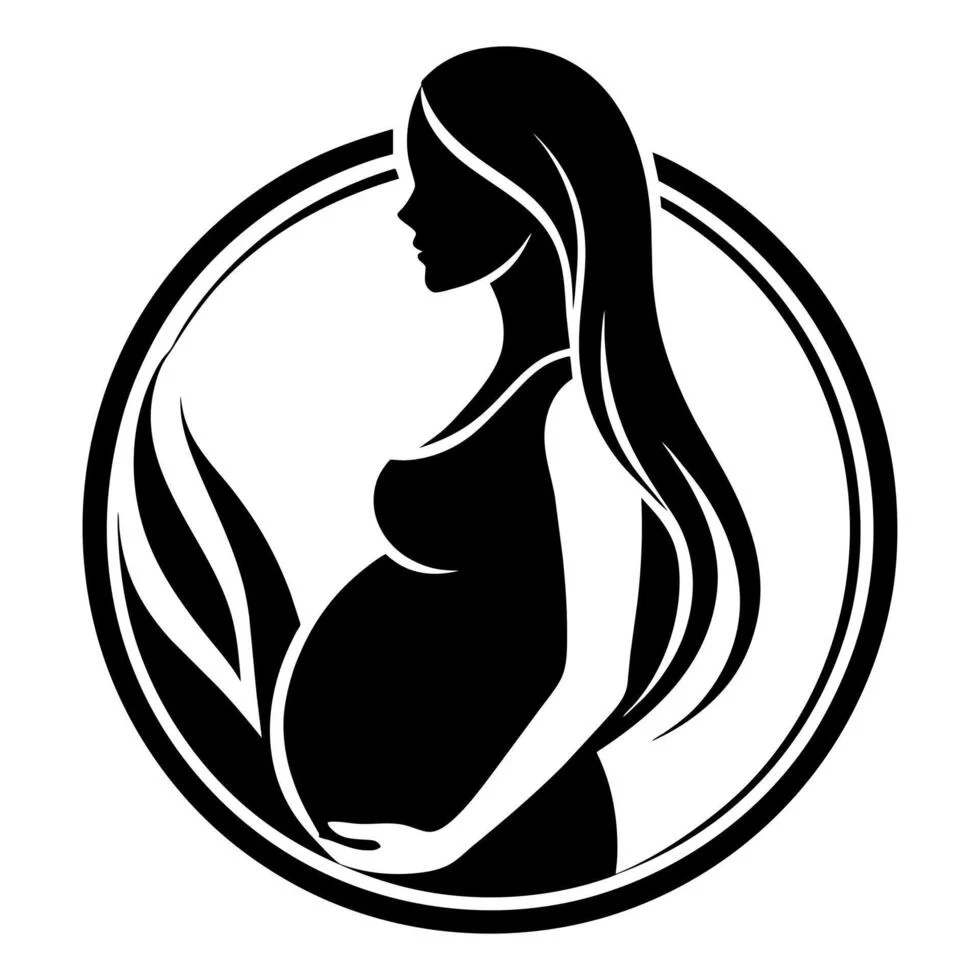A swirl of costumes surrounds me—superheroes, witches, and princesses—while I find myself pressed against a cold countertop, desperately trying to catch my breath. My vision blurs, and I twist my fingers into the fabric of my dress, seeking solace and safety from the anxiety coursing through me. Adrenaline pulses in my veins, but I can neither flee nor fight.
My best friend, dressed as a fairy, tugs at my costume. “The Halloween parade is starting! Get up!” she insists. My head spins as I struggle to rise from the desk. I know he’s out there, waiting for me after the parade ends.
My biological father was a source of fear, not protection. I always felt unsafe in his presence. As the procession moves through the parking lot, I spot him in the crowd, and my stomach lurches. Panic overwhelms me, and I frantically search for my mother, my anchor. Recognizing my distress, she pulls me from the parade and guides me into a friend’s house. There, she holds my hair back and rubs my back as I retch into the toilet, expelling more than just the remnants of my meal—my fears spill out, too.
At just eight years old, this panic attack was far from my first. Years of anxiety, separation issues from my mother, and stomach troubles plagued my childhood. My mother tried everything—visiting pediatricians, gastroenterologists, and even child psychologists. Yet, I was too aware of the chaos that my anxiety could unleash on those I loved. I chose to bear the burden alone instead of seeking the help that was offered.
Anxiety has shadowed me through life, surfacing during moments that should have been joyous—college, my early teaching years, and especially after each of my children’s births.
When I woke up at 3 a.m. after my third child’s arrival, heart racing and thoughts spiraling out of control, I knew I needed help. I promptly scheduled an appointment with a therapist specializing in postpartum anxiety and depression. She would help me combat the irrational worries that plagued me: fears of house fires, car accidents, and even fantastical threats. How could I keep my children safe?
Therapy provided support, but medications were what truly saved me. I clung to the hope that my struggles wouldn’t affect my children. I wanted to shield them from the anxiety that I had carried for so long. I told myself they were safe and loved, but…
“Winter Wonderland” became our favorite holiday song. My three-year-old daughter, who believes she’s the next big pop star, sang it with gusto. One day, after belting out a line about dreaming by the fire, she remarked, “Why are they dreaming by the fire, Mommy? They should go up to bed to dream. It’s not safe to sleep by the fire. They’ll get burned.” I found her reasoning adorable and shared it online, only to receive a friend’s comment: “Like mother, like daughter.”
Chills ran down my spine. What I had dismissed as innocent reasoning might indicate that my anxiety had already taken root in her young mind. I began to notice other signs of worry in my children.
“Why, Mommy? Why does he have to die?” Cecily sobbed into my shoulder as she watched Belle mourn the Beast’s apparent demise. She couldn’t see that the Beast would ultimately live. My empathetic daughter was consumed by grief.
Meanwhile, my six-year-old son’s face paled with terror when he realized he misplaced his math homework. “I can’t go to school! I’ll get in trouble!” His panic mirrored my own, and I felt my heart race with concern. This reaction stemmed from me. Though I hadn’t lost the homework, my anxiety had clearly influenced him, both genetically and environmentally.
He had felt my worry, even before he was born, and now I realized I had inadvertently passed it on. It was time to break this cycle. I needed to teach my children to recognize their physical responses to stress and anxiety. We talk, draw, and write about our fears, mapping solutions together. And for worries beyond our control, we practice visualization and breathing techniques to help let them go.
I believe I can live with my anxiety, and most importantly, I can model a healthy approach to life for my children. My goal is to give them a childhood filled with resilience and strength, far better than my own.
For more insights on managing anxiety and parenting, check out this helpful resource on pregnancy and home insemination. If you’re considering at-home insemination options, Cryobaby offers reputable kits to help you on your journey. Additionally, you might find more relatable stories and advice on anxiety here.
Summary:
This article reflects on the author’s personal struggles with anxiety and how it has impacted her parenting. Through her experiences, she learns the importance of addressing anxiety and teaching her children healthy coping strategies. The piece emphasizes the need for open communication and support in overcoming fears, aiming to break the cycle of anxiety for the next generation.

Leave a Reply